Welcome to GMs Corner. A new curated collection of opinion pieces from our local GMs.
Hello!
Welcome to the first installment of the GM’s Corner here at Dice Dungeons. This will be a section where we discuss GM things; from how to get over your anxiety as a first time GM to tips and tricks even pros can use.
This time, I have been specifically asked to talk about a subject that I am very passionate about, and have only seen discussed in one buried thread in some orphaned forum somewhere:
You are rolling your d100 rolls wrong.
Now, it’s probably not your fault; these things get passed on from GM to player, and then from player to other players… like some sort of transferable disease. Don’t understand what you’re doing wrong? Let me show you.
Ok, First off, I’m talking about rolling a percentile die along with a d10. If you’re rolling an actual d100, well, this discussion isn’t for you. Let’s look at our dice, shall we?
The d10 is a pretty common damage die used in various RPGs, ranging from a d20 system like Dungeons & Dragons to 2d6 systems like those using the Powered by the Apocalypse engine. Let’s go over what each side means when rolling it in this context, shall we?

Now, let’s take a look at the percentile die. This has a very similar numbering scheme to the d10, with one very important distinction: there is an additional 0 after each number. These are used to denote the zeroes, tens, and nineties place.

Now, you might be saying, “Uh, yea. Obviously. This is a dumb article written by a dumb-o”. Well, let’s just reserve that judgement until after this next bit, ok?
So, in order to get a d100 roll without using an enormous golf ball of a die, we roll a percentile die and a d10 and add the result, right?
For instance, this is 37.

And this is 82.

And this is 69. Nice.

But what, I ask you, would you call the following roll?

Every single person I know would call this roll a 50. You’re treating the 0 on the d10 as an actual 0. OK. So, then I ask of you, what is the following roll?

Well, that’s obviously a 7. You have 00 on the percentile, and a 7 on the d10. It can only be a 7. It sure as heck isn’t 107, right? Because that’s outside of the range of the d100 roll, right? Because a d100 roll is from 1-100, right?
Everything I’ve shown you so far is fine.
Or it would be, if it weren’t for one little thing…
You see, you cannot treat both the 0 on a d10 as a zero and the 00 on the percentile die as the ‘zero’s place marker’.
It works for the most part, sure. A 10 would be a 10 and 0 on the percentile and d10. Same works for 20, 30, etc…
But, dear friends, how do you roll a 100 this way?
Most people would say a 00 on the percentile and a 0 on the d10. BUT, given the facts I’ve just carefully laid out, that violates the rules you determine the rest of your rolls by. A 00-0 roll would, technically, be a straight up zero.
Instead of a 1-100 scale, you’ve made yourself a 0-99 scale.
“Oh God, you’re right! How could we have been so stupid? How can we possibly repair this travesty?!” you cry out. Well, I’m benevolent enough a GM that I wouldn’t destroy your world view if I didn’t have a better one to replace it with. And, honestly, it’s pretty simple:
TREAT THE d10 THE SAME WAY YOU’VE ALWAYS TREATED IT.
This way, everything works out perfectly. You can’t roll a zero; a 00-0 roll would be a 10. A 00-1 would be a 1. 90-0 is the coveted 100 roll. Sure, a 40-0 roll being a 50 isn’t immediately obvious, but this is the only internally consistent method I can see here.
-----
Maybe you don’t want to change. That’s fine; change is hard. But know, fellow GMs and players, that the method you’re using is invalid. You’re changing the rules for different cases.
In a world where consistency in rules and mechanics is required, why too wouldn’t it be required when rolling the dice?

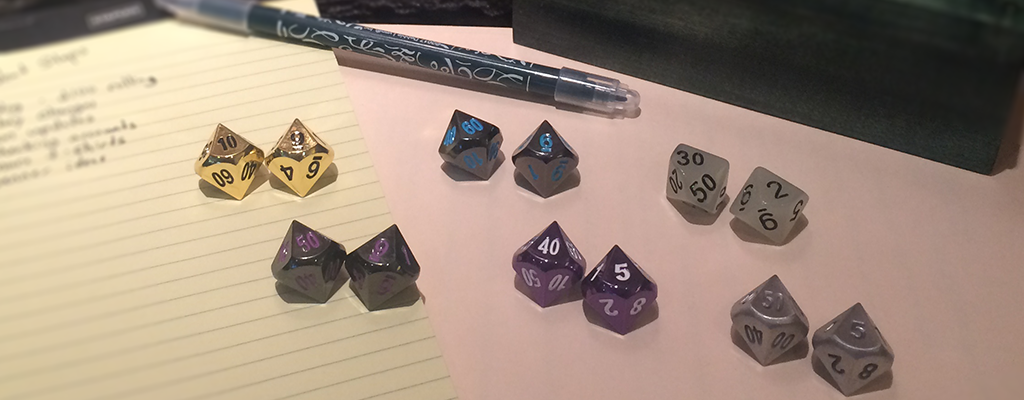
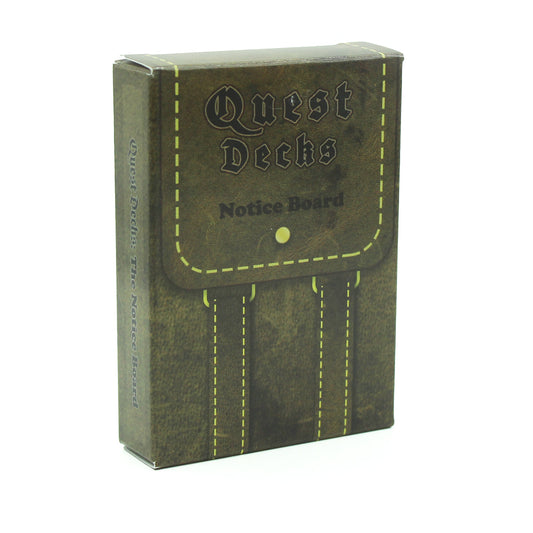
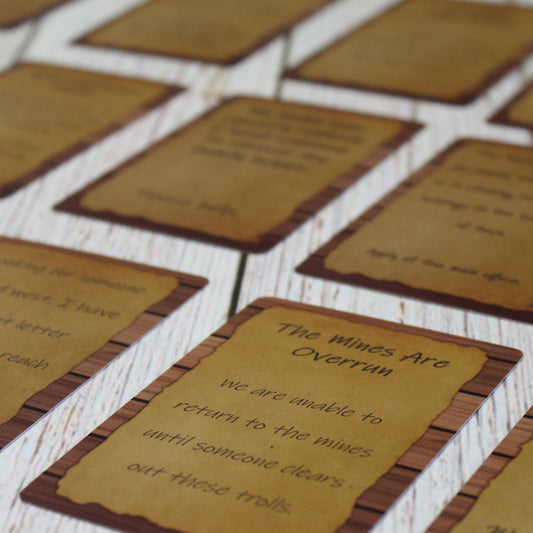
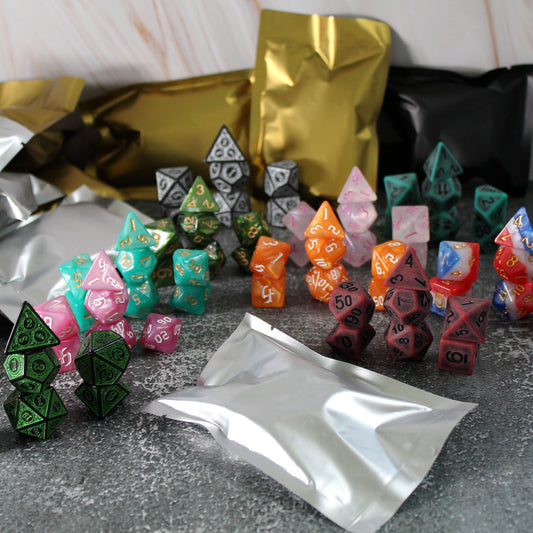

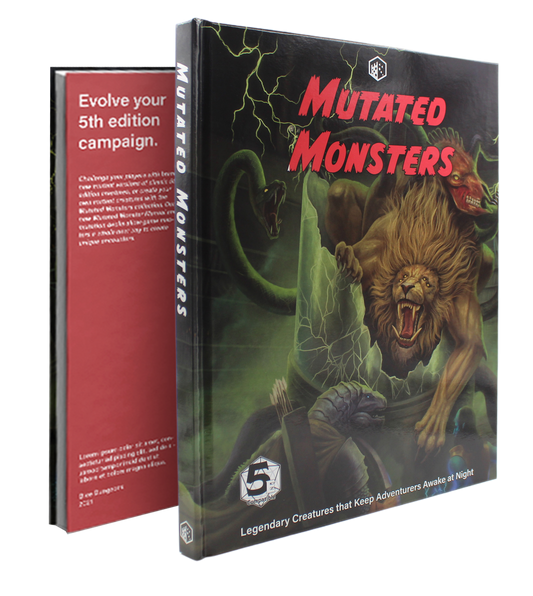
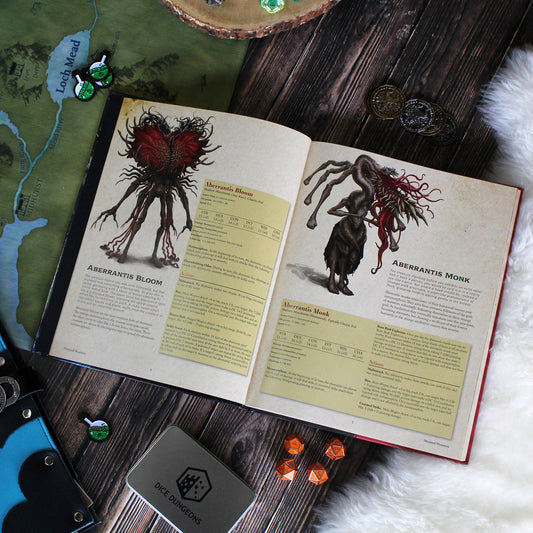

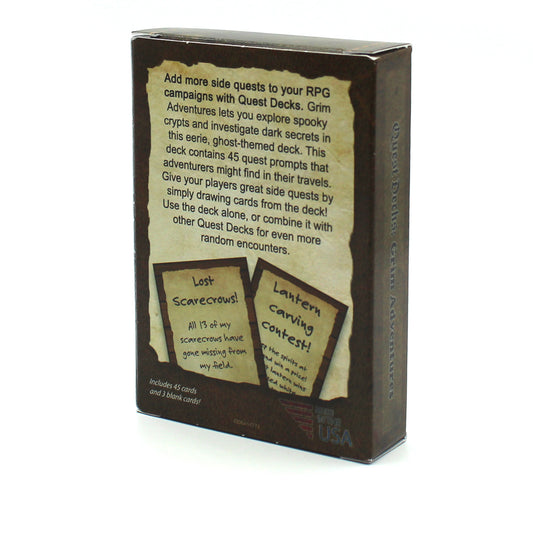
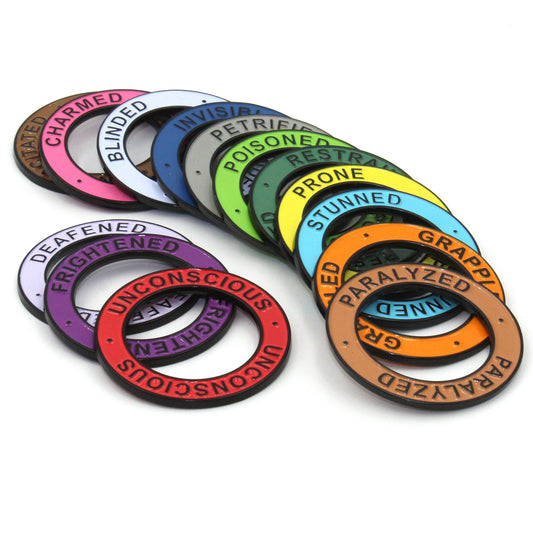
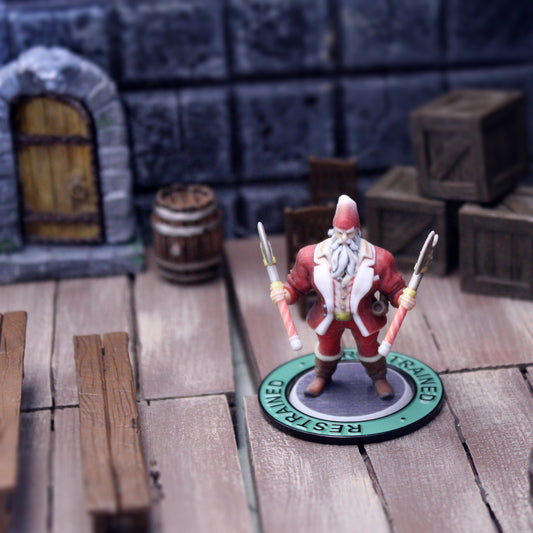
129 comments
I prefer 00+0 = 100. That is an inconsistency but it is much more intuitive than embracing that 10+0 = 20, 20+0 = 30, 30+0 = 40, etc.
LoL how funny it not addition it’s about positioning you have the one spot and you have the tens spot then three zeros is not a number unless you put it one in it and it should be at the beginning of the three numbers not at the end
It goes like this
001
The double 00 would be in the 10 spot and the one in the ones spot
I confirmed on D&D Beyond that rolling a 00 and 0 on the percentile dice is 100. I did this by rolling dice over and over on the character sheet until I got 00 and 0 which was 100. Rolling 00 and 1 was 1. Rolling 90 and 0 was 90. Rolling 10 and 0 was 10.
I’ve long wondered why the d10 is 0-9 and not 1-10. This would solve the problem. Just add the two dice together. 90+9 is 99 90+10 is 100. 00+10 is 10. Simple and easy.
For some reason we have a 0 not a 10, so everything works except 00 + 0. With nothing left to do with thus, we accept the roll of 100. I would like to see die makers fix this.
It’s very simple. Each d10, whether normal d10 or percentile die, generates a numeral, not a number. Numerals run 0-9.
Now when rolling 1d10 the numeral generated fills the “ones” slot in the result. The only number from 1-10 with a 0 in the “ones” slot is 10.
With percentile dice the 00-90 die generates the numeral for the “tens” slot, and the 0-9 die generates the numeral for the “ones” slot. Roll both dice, get two seperste numerals, put them in their slots in the resulting number, and you have your result.
A roll of 00&0 produces a number with 0 in the tens slot, and a 0 in the ones slot. The only number between 1 & 100 where that is true is 100. Hence 00&0 is read as 100.